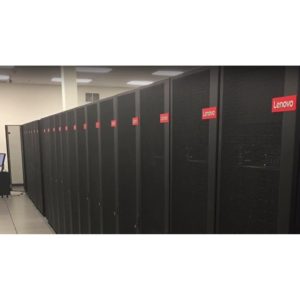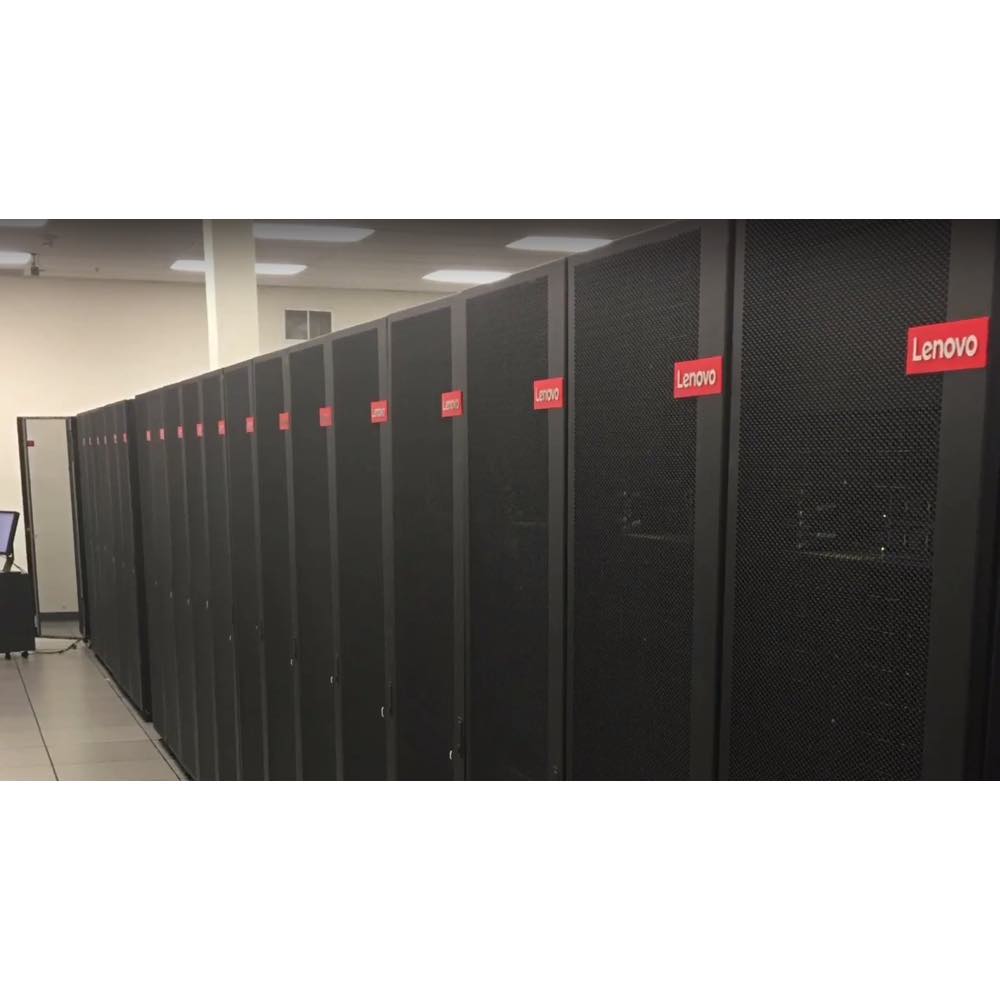 Today Lenovo unveiled the addition of 1,500 ultra-dense Lenovo ThinkSystem SD530 high-performance compute nodes for Niagara – Canada’s most-powerful research supercomputer. As the demand for high performance computing in quantitative research increases rapidly, the 4.6 Petaflop supercomputer will help Canadian researchers achieve meaningful results in artificial intelligence, astrophysics, climate change, oceanic research and other disciplines using big data.
Today Lenovo unveiled the addition of 1,500 ultra-dense Lenovo ThinkSystem SD530 high-performance compute nodes for Niagara – Canada’s most-powerful research supercomputer. As the demand for high performance computing in quantitative research increases rapidly, the 4.6 Petaflop supercomputer will help Canadian researchers achieve meaningful results in artificial intelligence, astrophysics, climate change, oceanic research and other disciplines using big data.
It is our goal to help the world’s premier research teams and institutions leverage high performance computing to solve humanity’s greatest challenges,” said Scott Tease, executive director of HPC and AI at Lenovo Data Center Group. “Our close partnership with University of Toronto, Compute Ontario and Compute Canada to advance Niagara as Canada’s most powerful research computing platform is a great example of collaborative innovation we can achieve in fulfilling that goal.”
Building on Niagara’s position as Canada’s fastest single cluster, each of Lenovo ThinkSystem SD530 high-performance compute node is equipped with two Intel Scalable Systems Processors with 20 processing cores per processor – amassing an astounding 60,000 cores. With the addition of Lenovo ThinkSystem SD530 compute nodes, Niagara will provide more than three petaflops of processing power to conduct simultaneous big data computations, simulations and modeling.
System highlights:
- 4.6 Petaflops/s peak
- Intel Scalable Systems Processors
- 1500 nodes
- 60,000 cores
- 288 TB RAM (192 GB/node)
- Mellanox EDR using Dragonfly topology
- 12 PB GPFS Burst-buffer technology from Excelero
- 650 KW power
This new system is supported by more than 12 petabytes of Lenovo DSS-G, high performance storage to handle the immense data sets provided by Canada’s brightest researchers. Tiering data storage for optimal performance and categorization, this system will leverage the IBM Spectrum Scale file system. Ensuring computational efficiency, the Lenovo ThinkSystem nodes leverage intermediate high bandwidth storage which rests between disk drives the processors.
In this video, Dr. Daniel Gruner (CTO for SciNet) explains how Niagara, Canada’s most powerful research supercomputer was built to fuel scientific discovery.
We support research in diverse fields – from climate science to humanities, astrophysics to life sciences, social sciences to engineering, and physics to chemistry,” said Dr. Daniel Gruner, chief technology officer at SciNet, in the University of Toronto. “We run traditional data processing, simulations, analytics, and increasingly, machine learning as well. The size of the new system, coupled with the ability to easily scale out to the full size of the cluster is crucial for supporting our broad community of scientists.”
Configured specifically to accommodate and accelerate innovation, the Lenovo-powered supercomputer has the ability to deliver an exascale-ready infrastructure with virtually unlimited scalability. The system was deployed as a complete end-to-end solution, and engineered to achieve high energy efficiency for low operational costs.
Sign up for our insideHPC Newsletter




